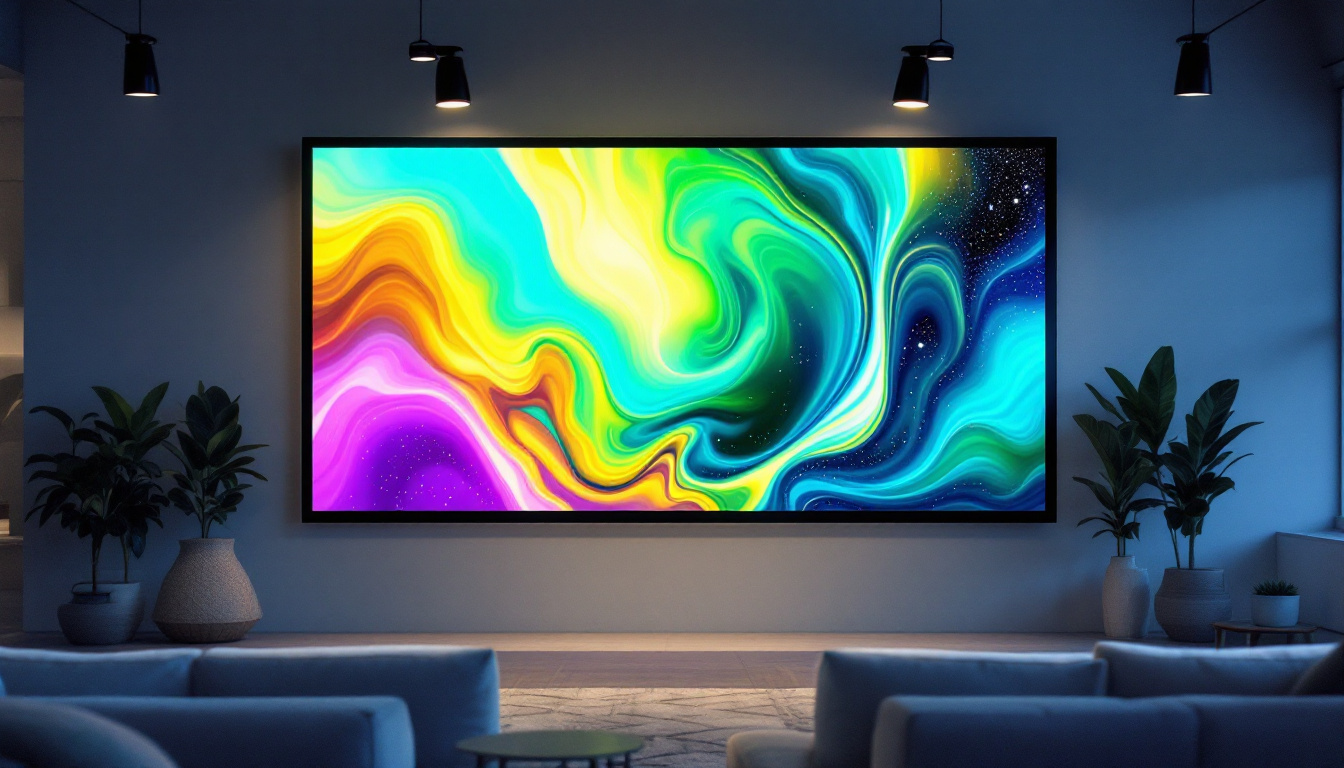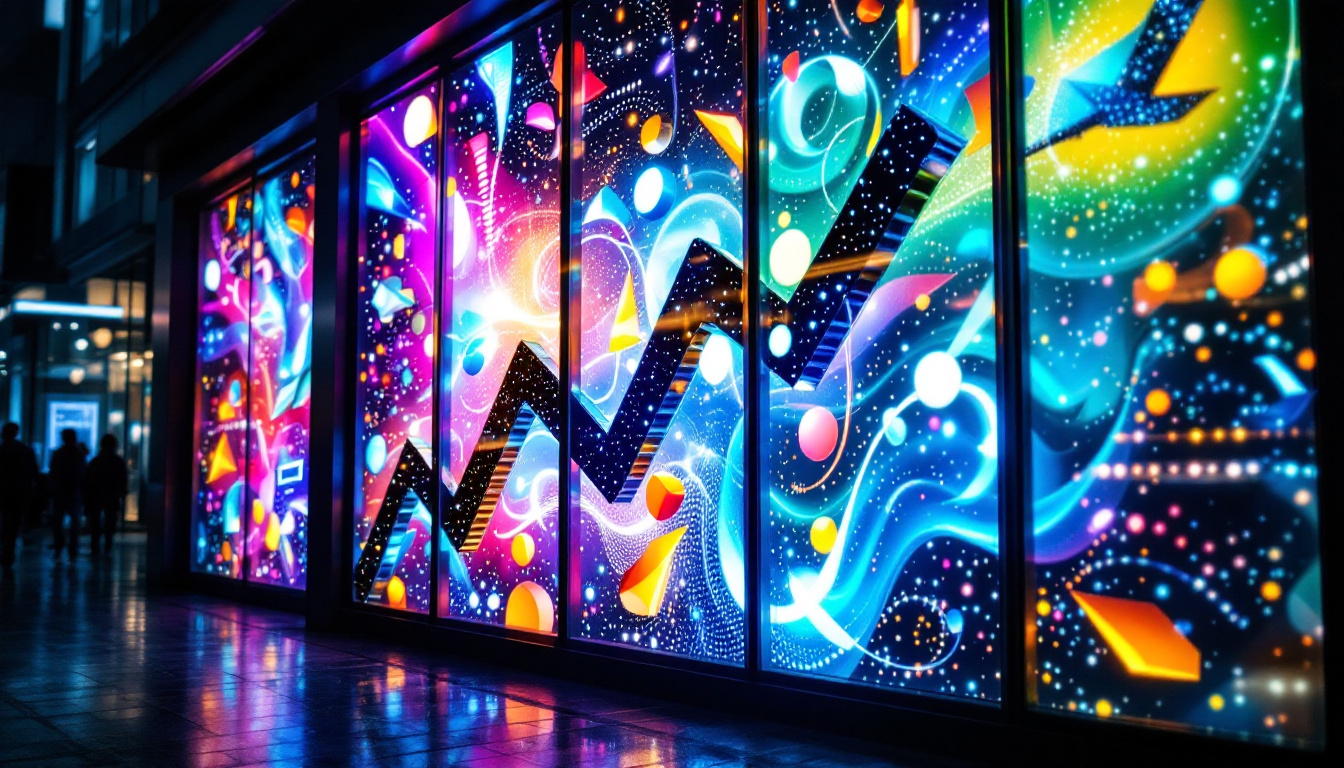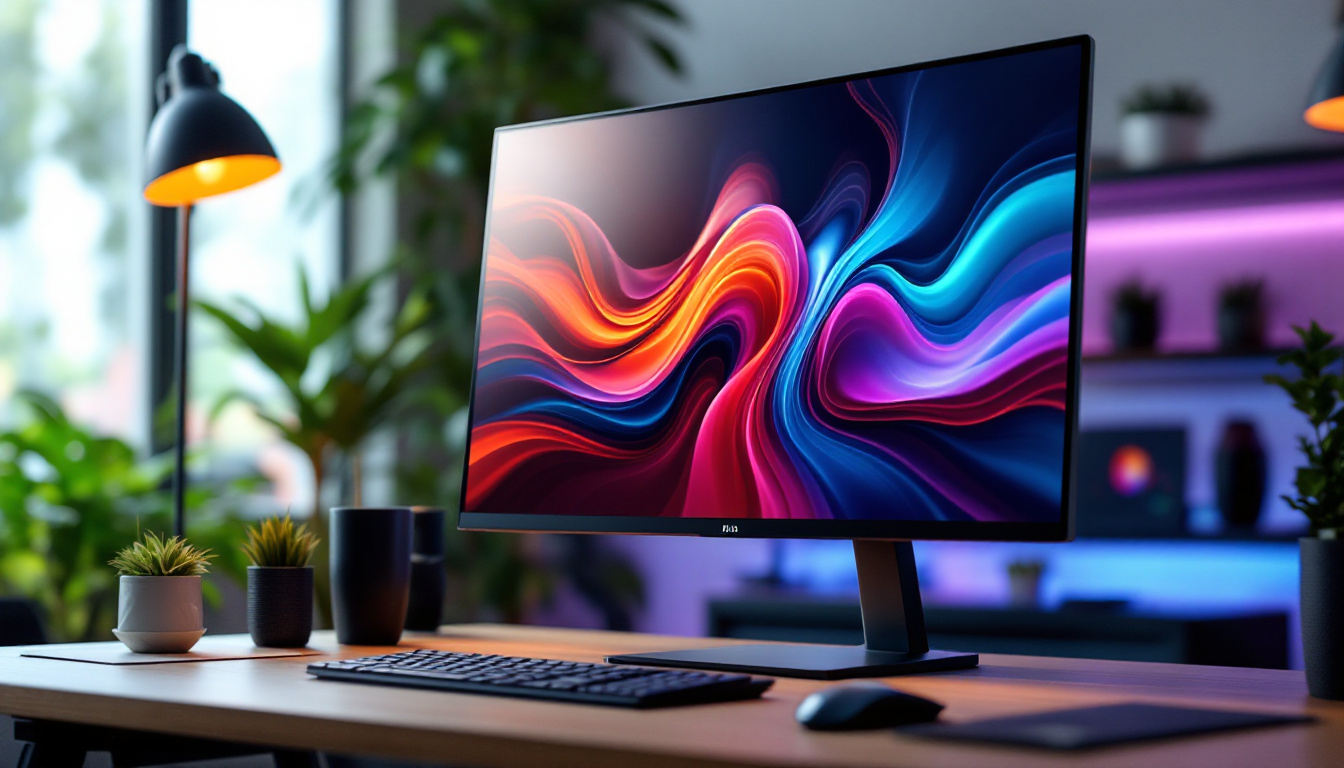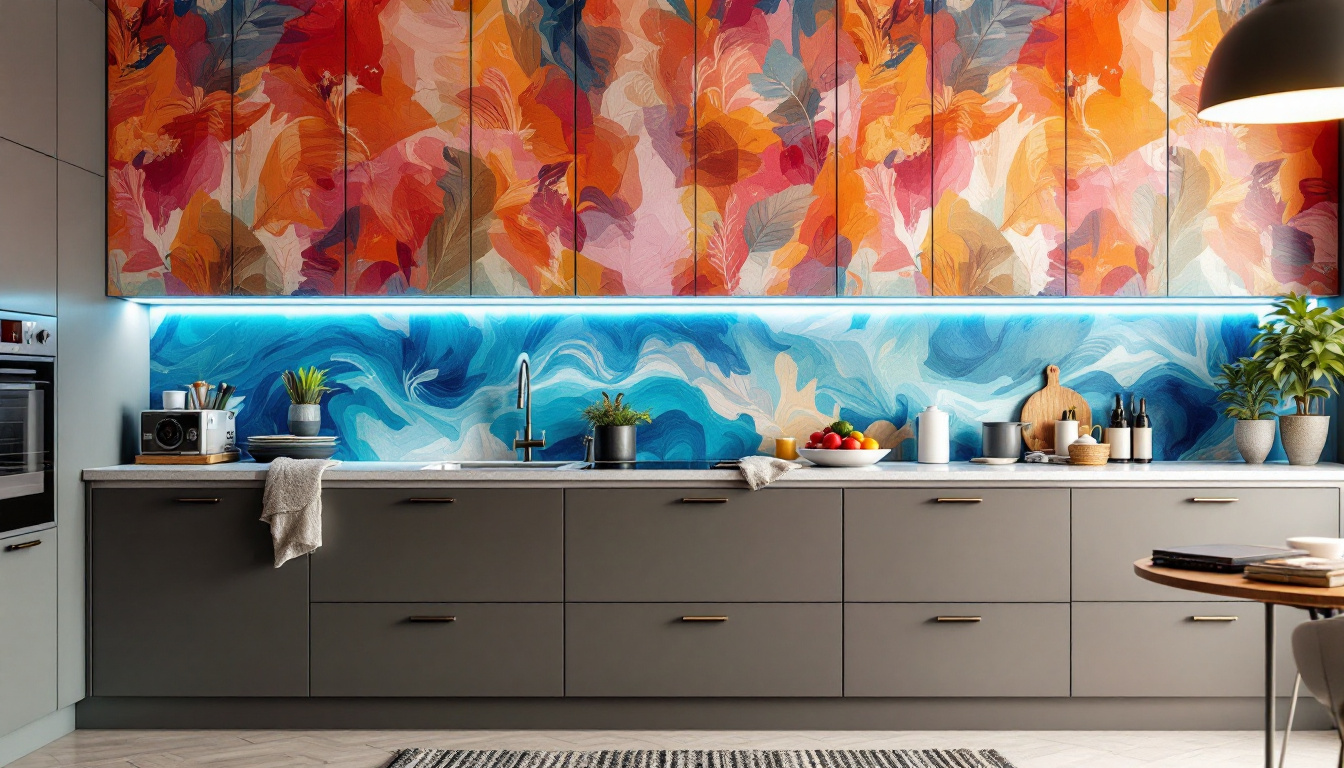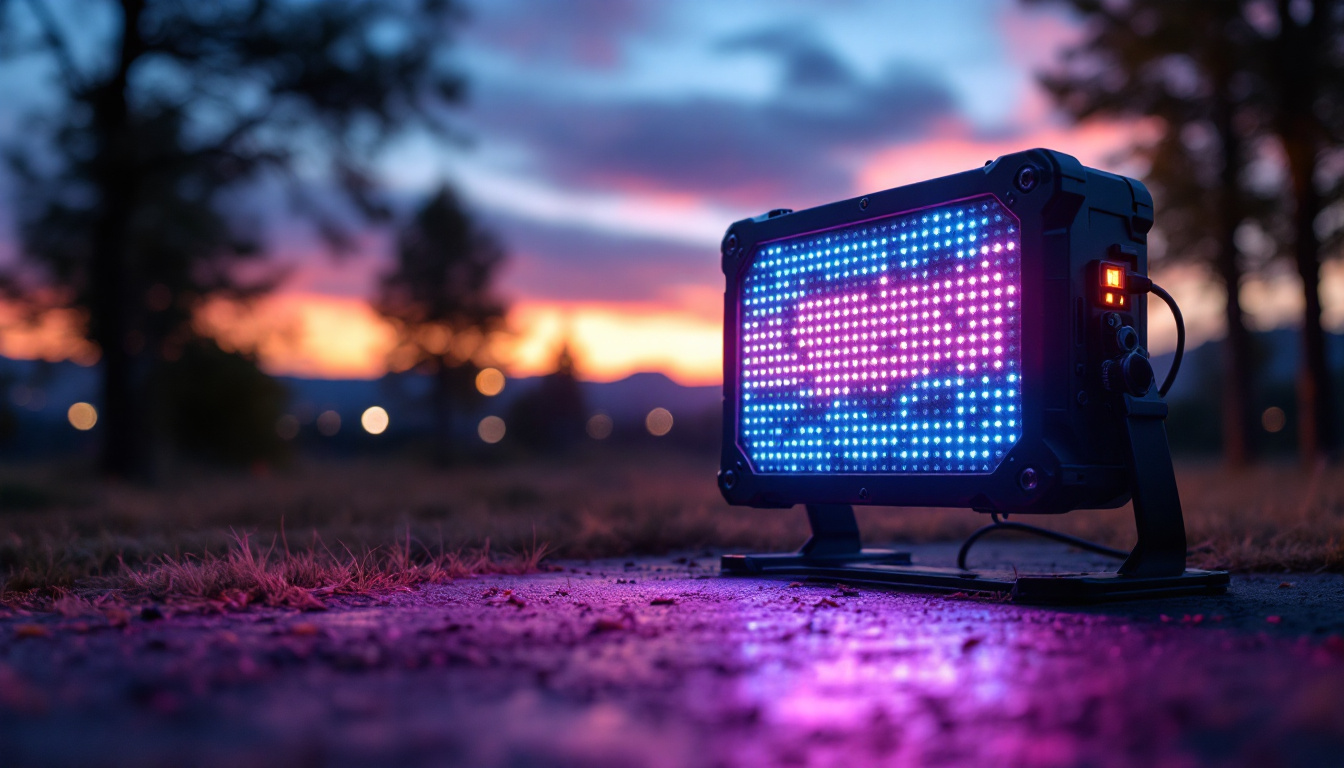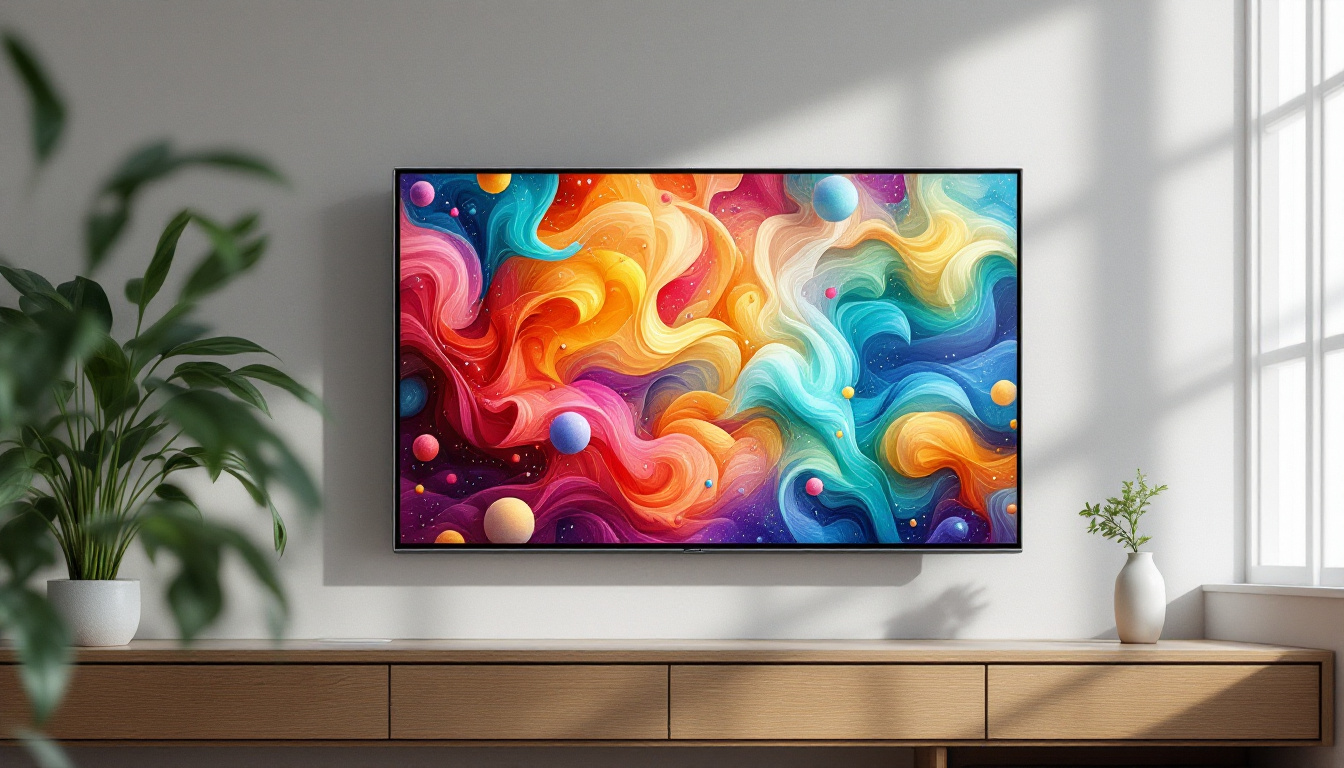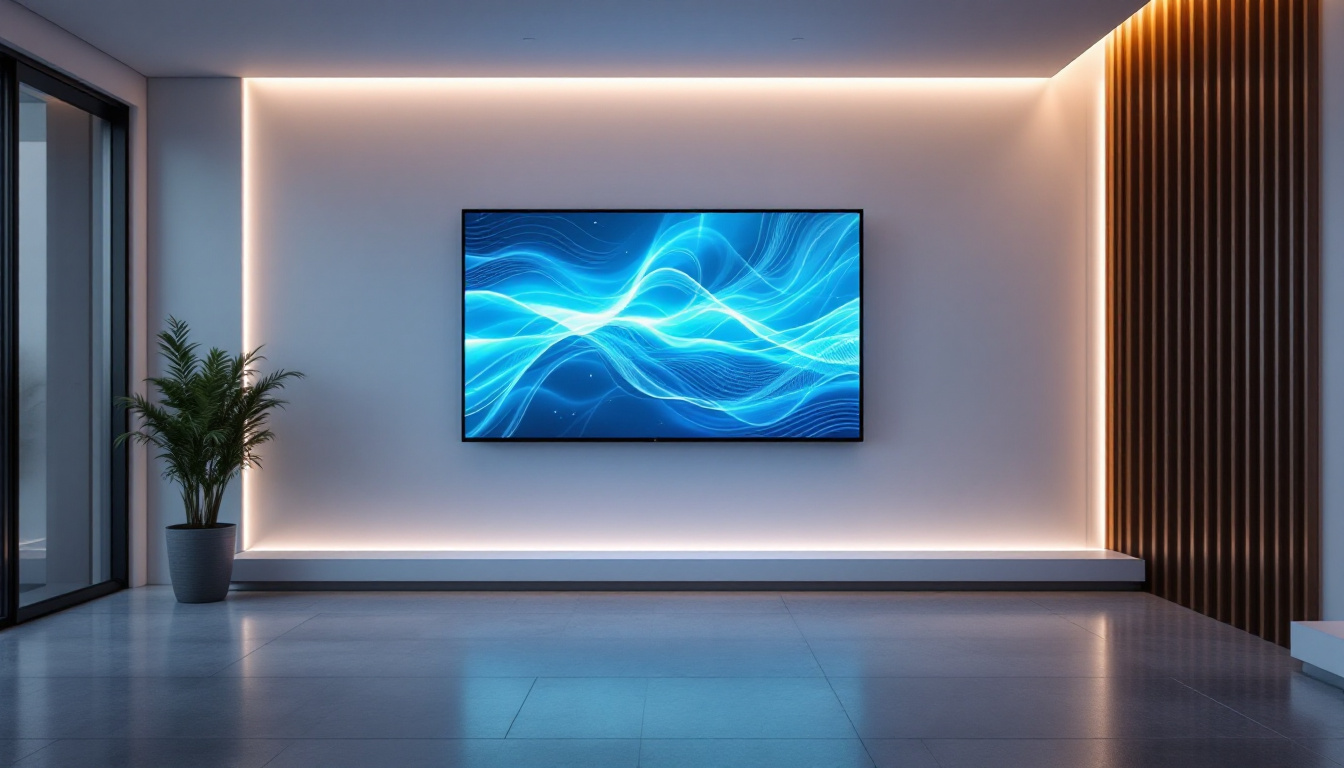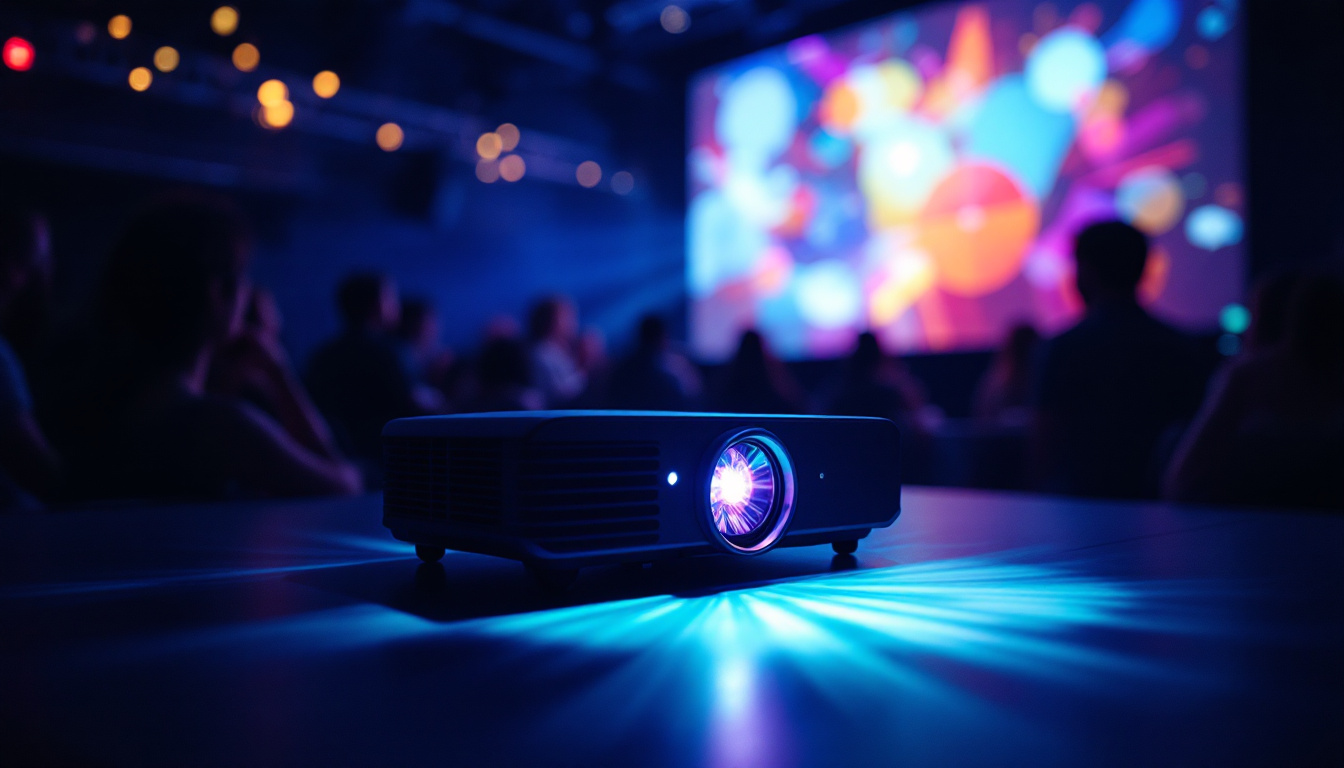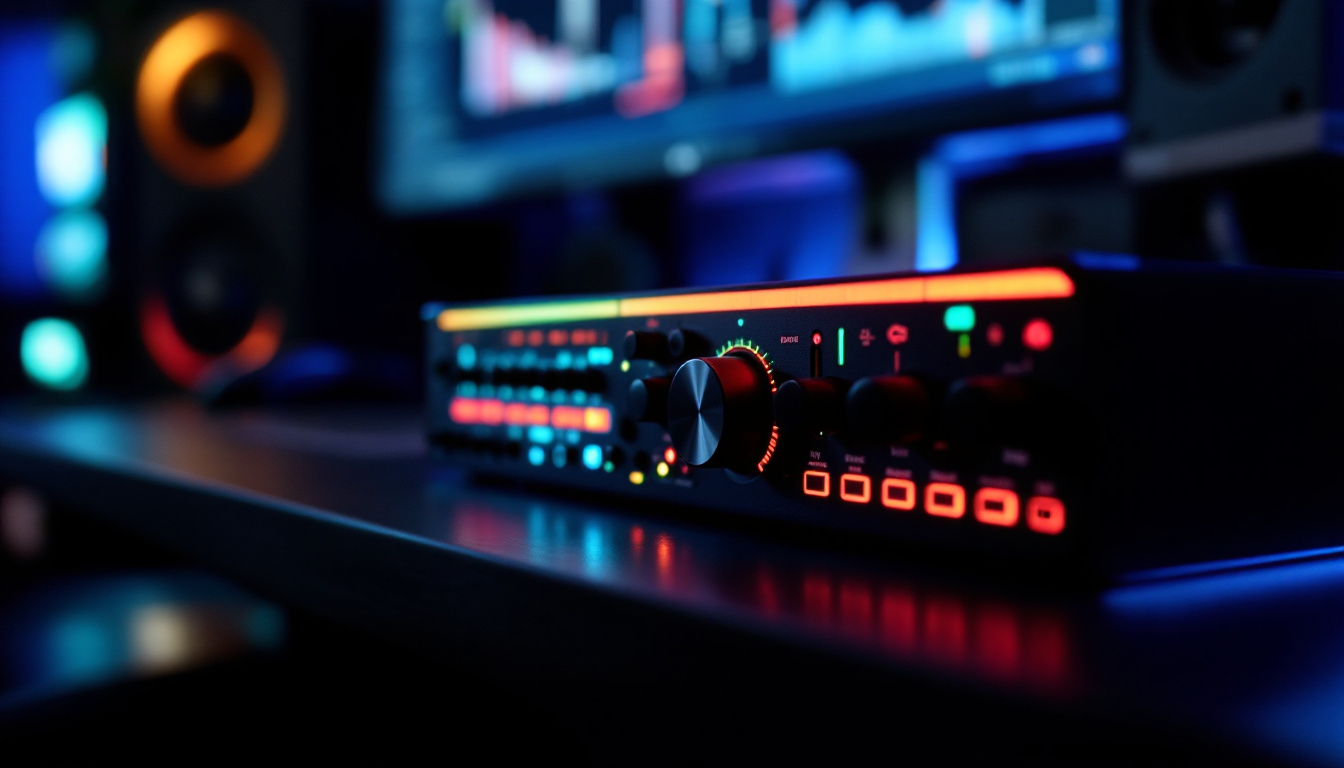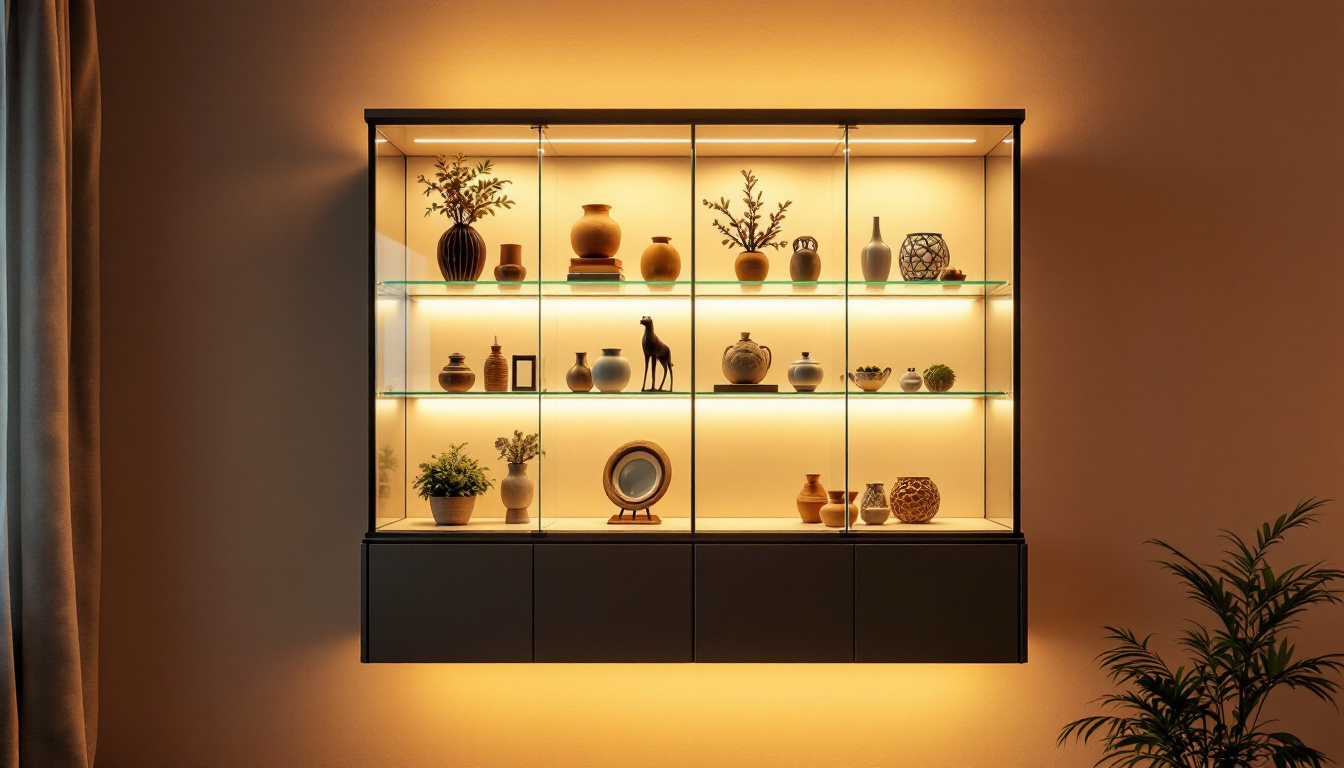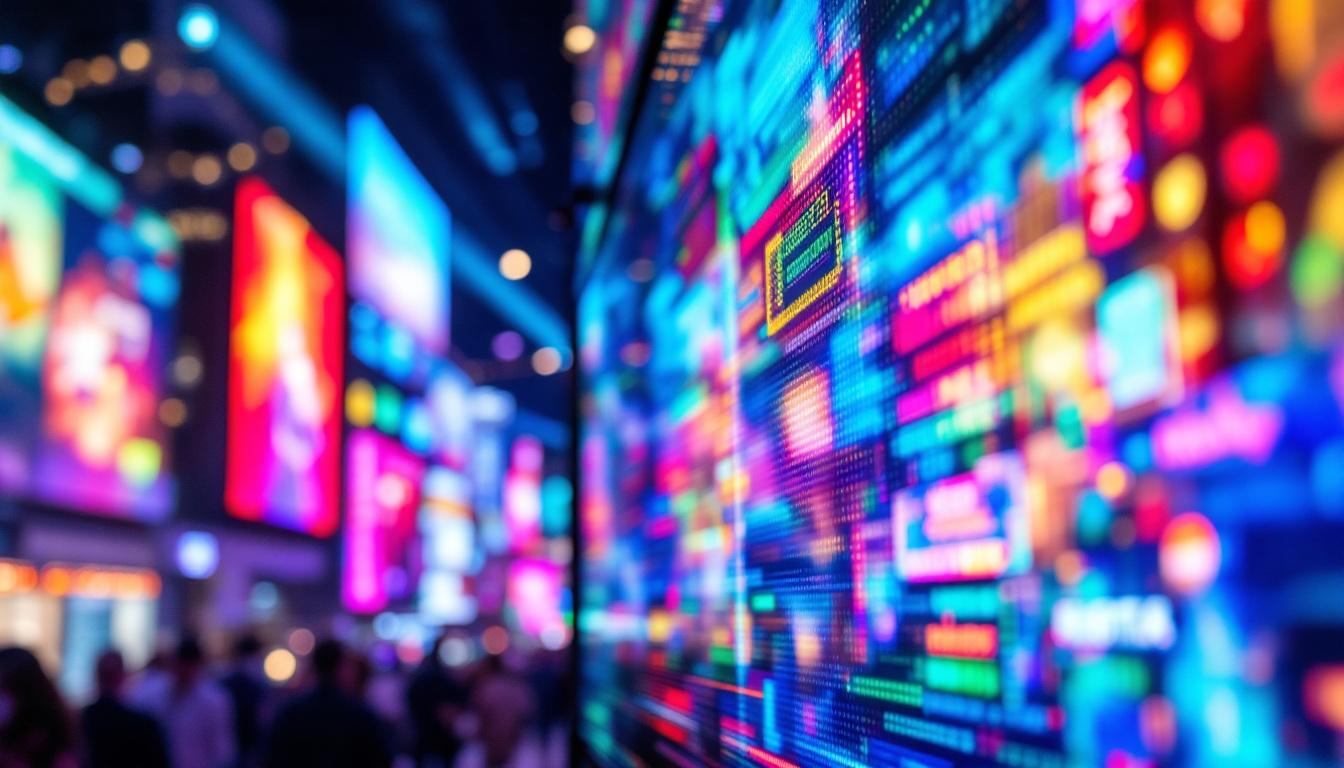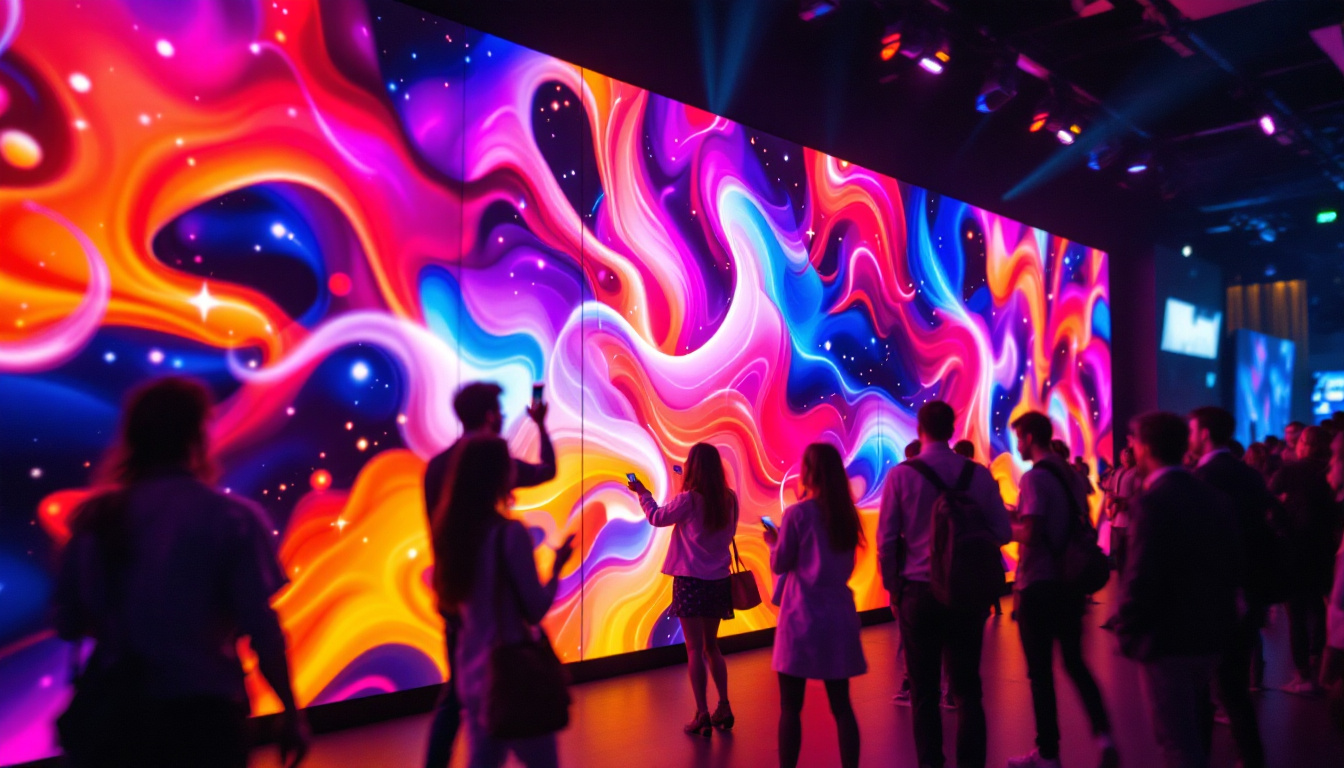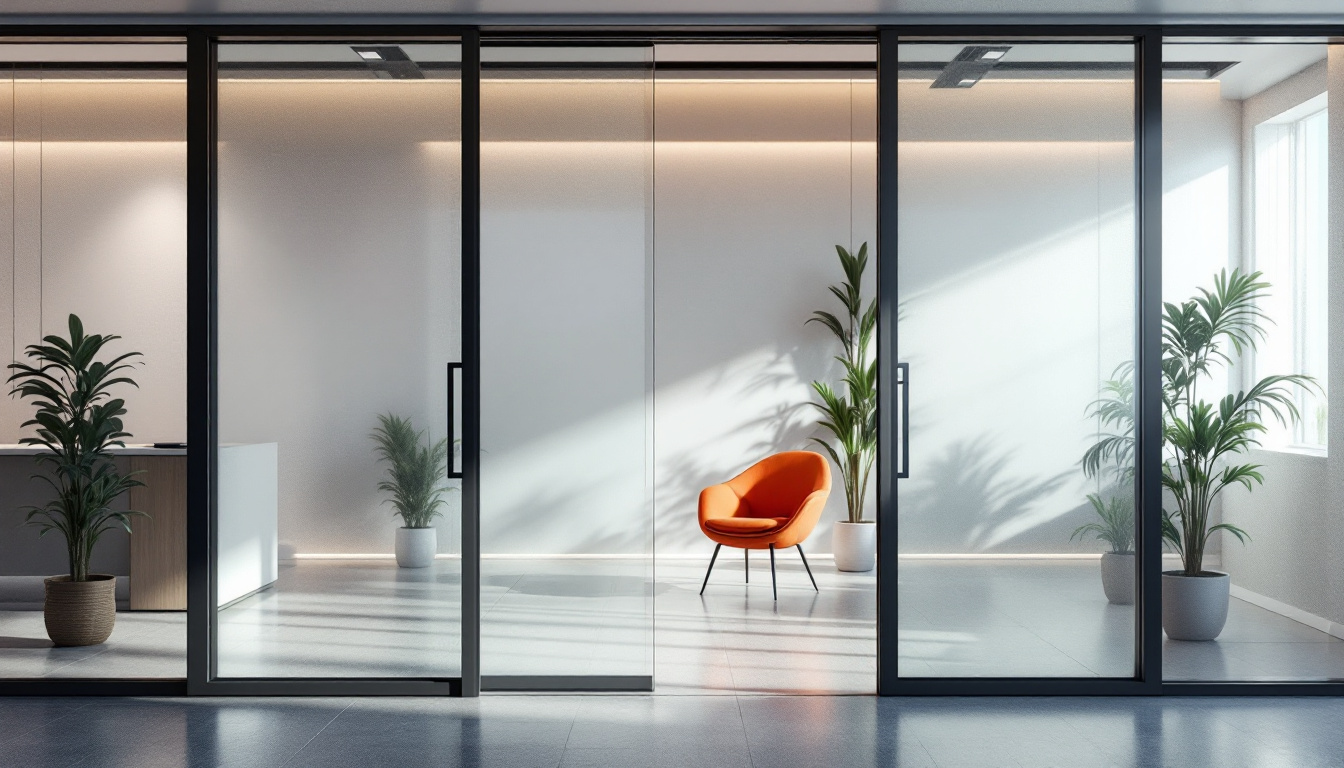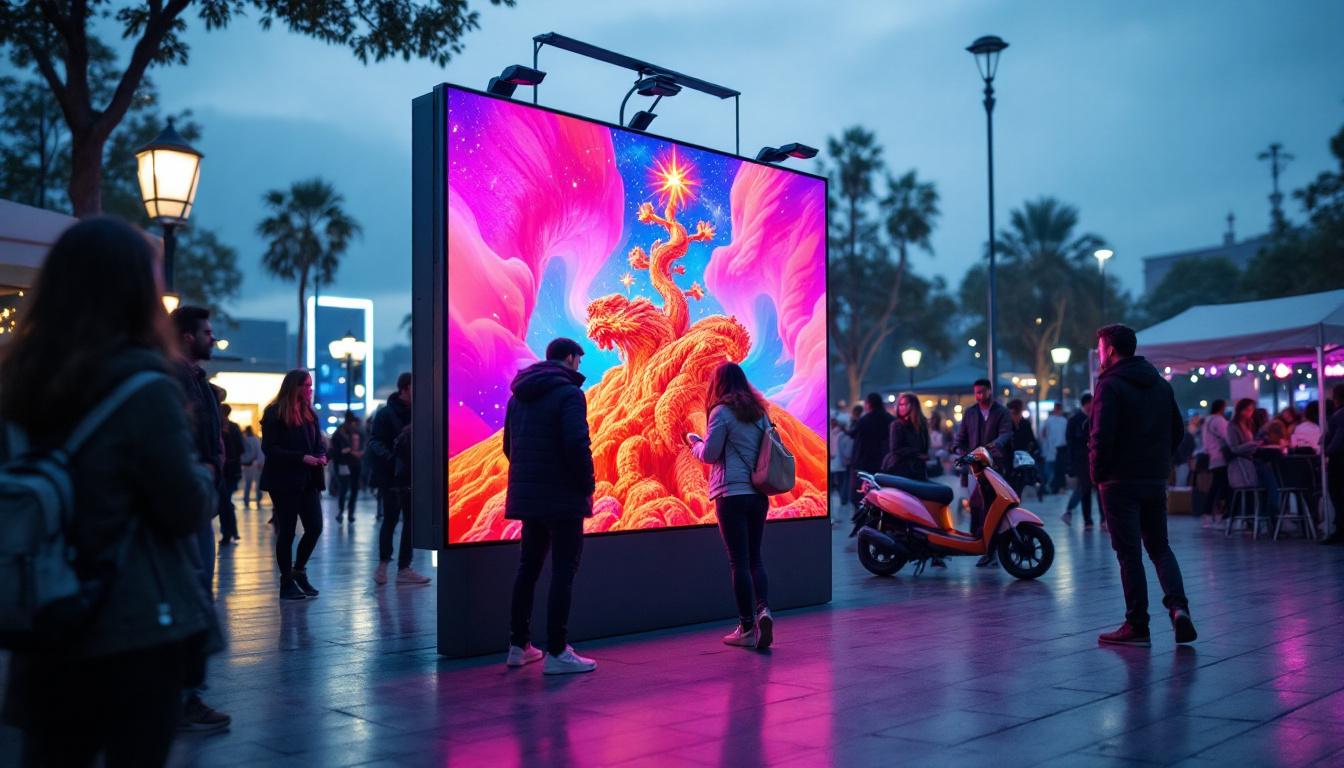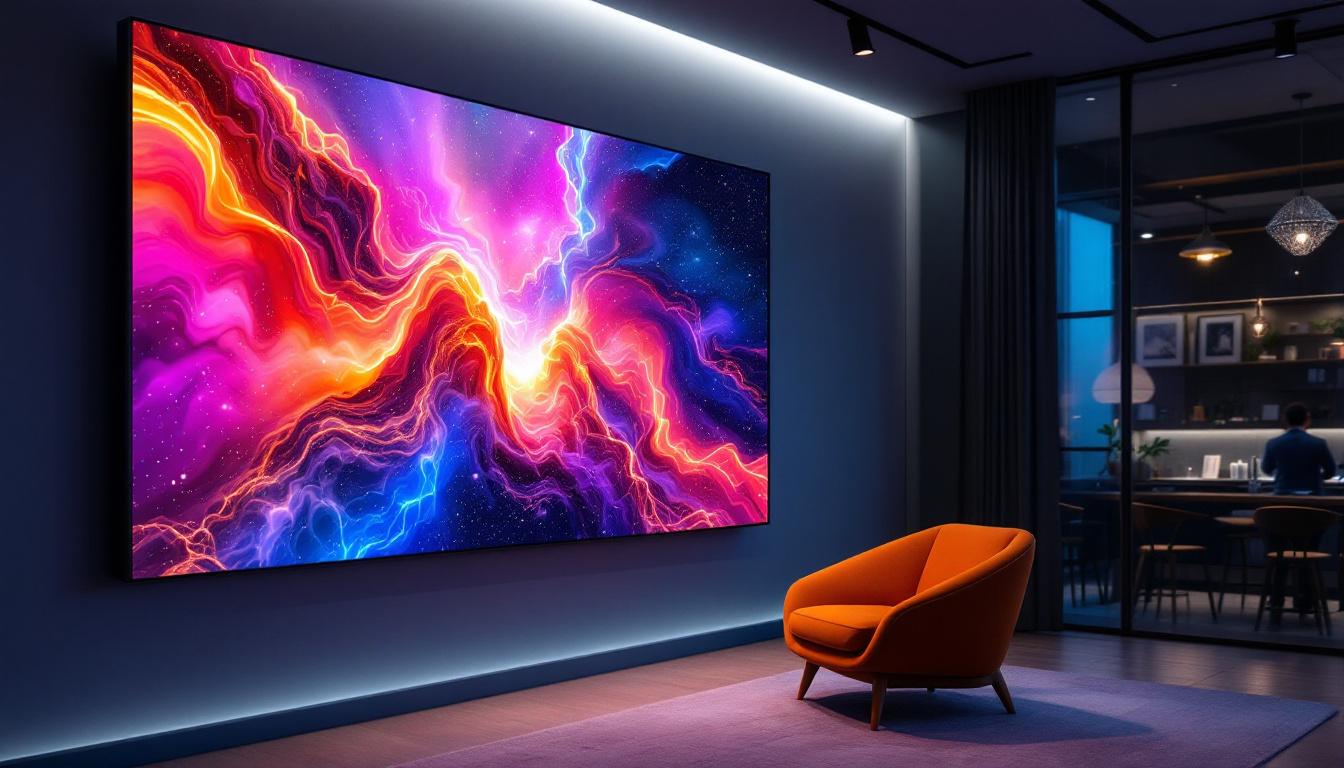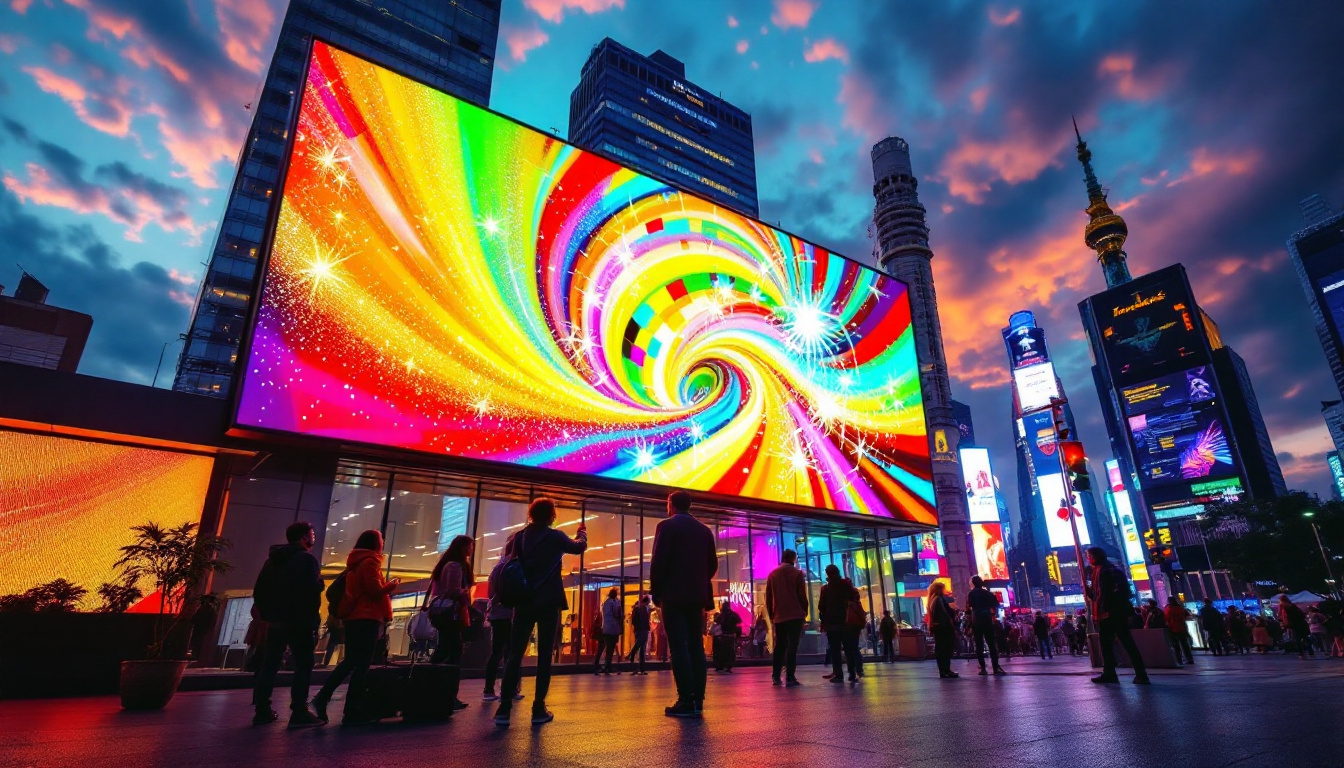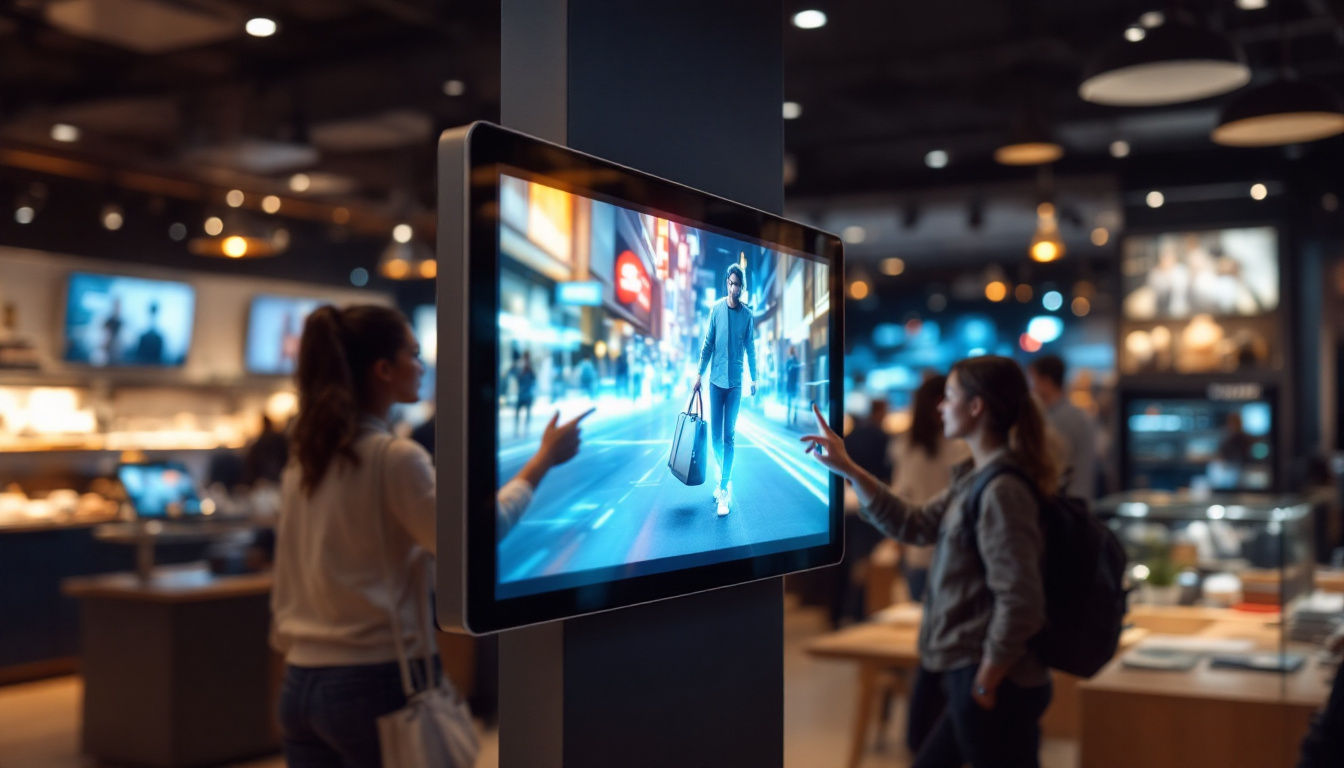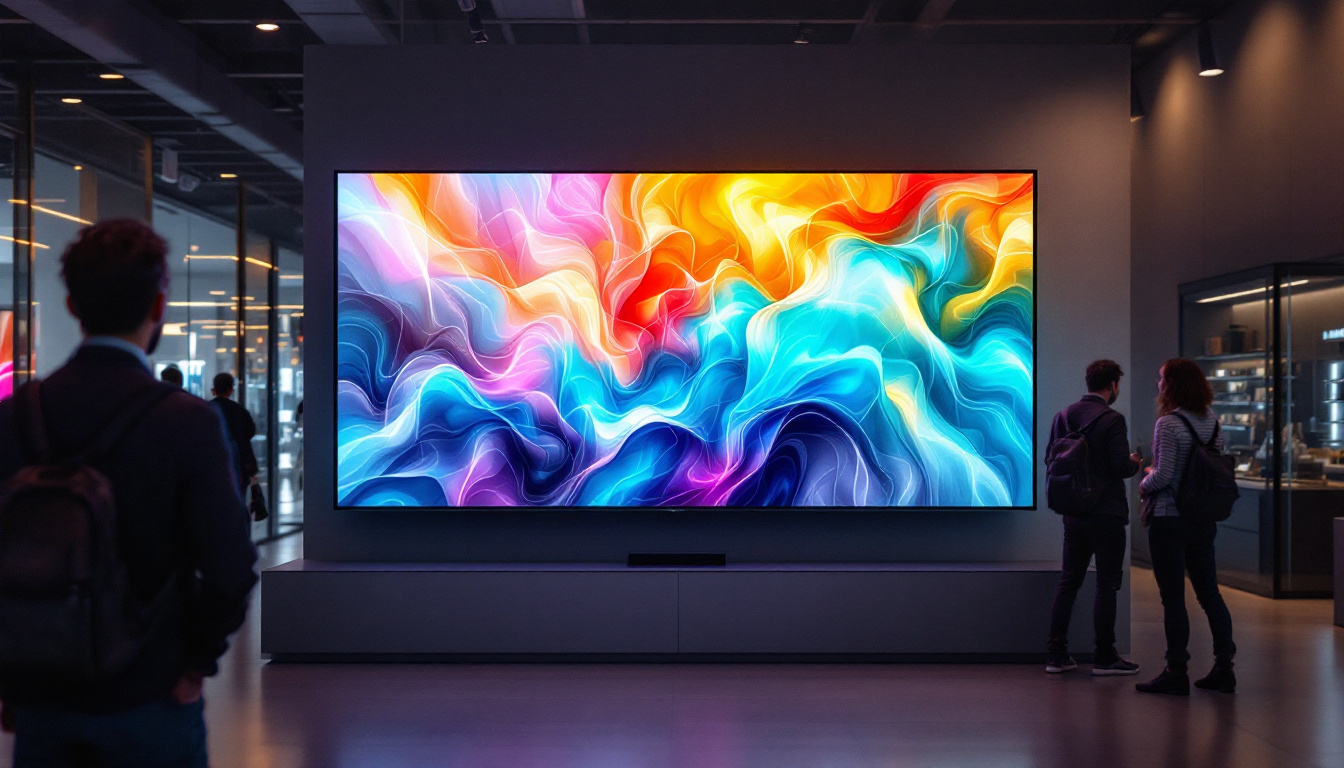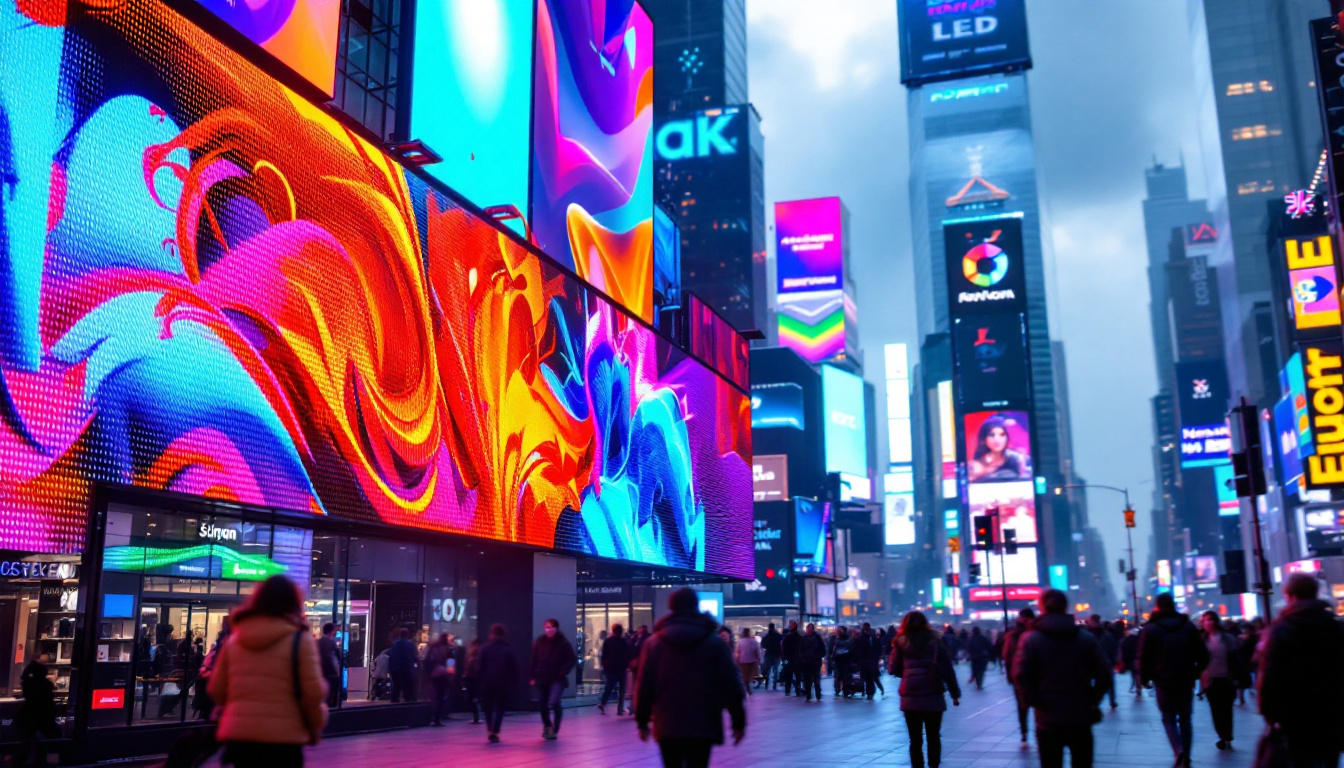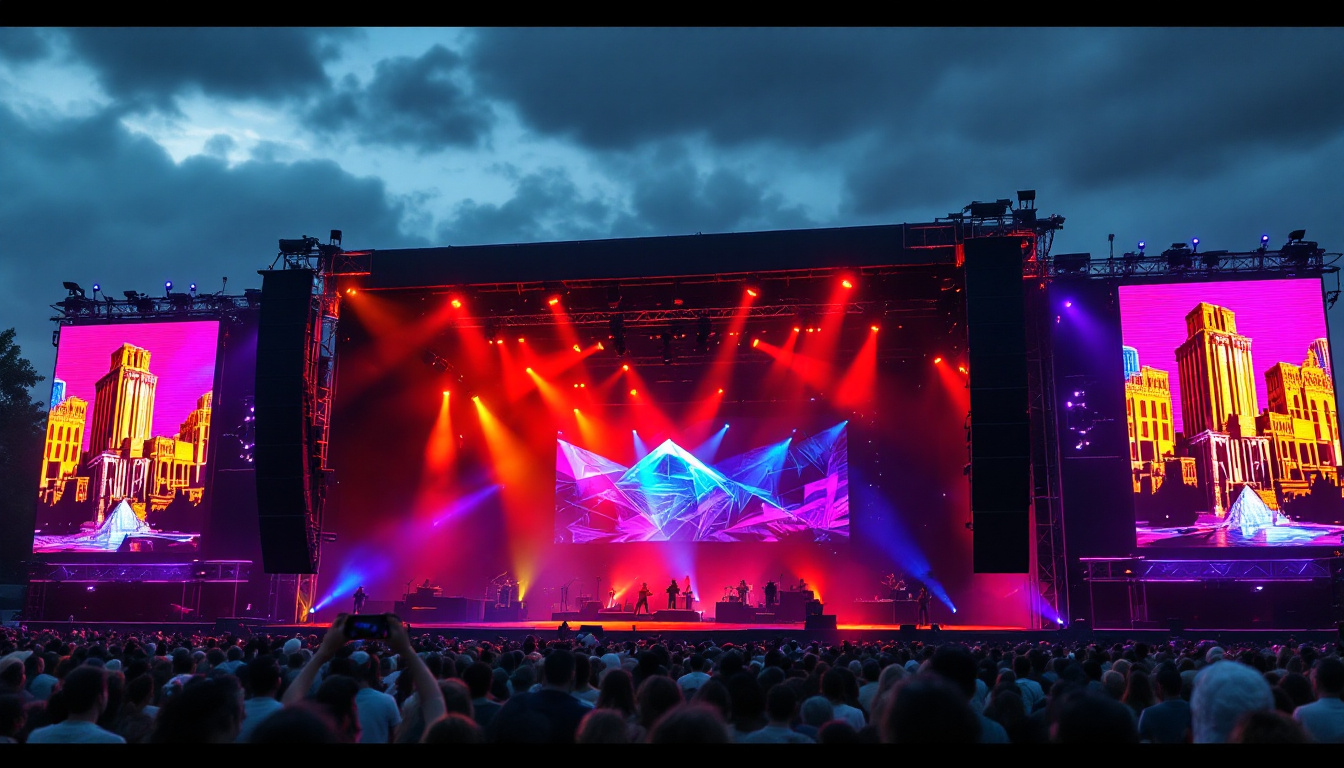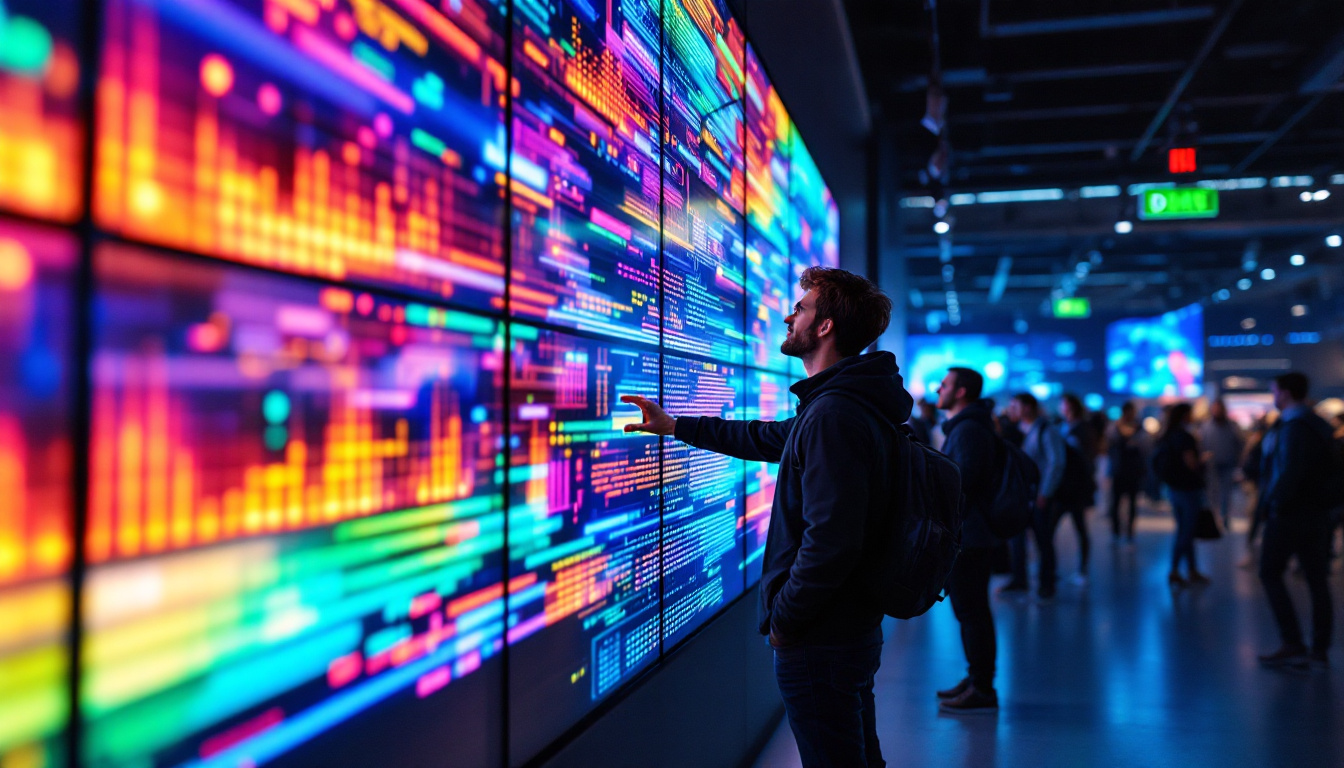In the realm of modern technology, LED displays have revolutionized the way we consume visual content. Whether in a home theater, corporate boardroom, or educational setting, understanding how to effectively size a projection screen is crucial for achieving the best viewing experience. This article delves into the intricacies of projection screen size calculation, particularly focusing on LED displays.
Understanding Projection Screen Size
Choosing the right projection screen size is essential for both aesthetic appeal and functional performance. The size of the screen can significantly affect the viewer’s experience, influencing everything from image clarity to audience engagement. A well-sized screen ensures that the projected image is easily viewable from all angles and distances within the room.
Factors Influencing Screen Size
Several factors come into play when determining the appropriate screen size for a given space. These include the distance from the screen to the viewer, the resolution of the content being displayed, and the ambient lighting conditions. Each of these elements can impact the perceived quality of the image and the overall effectiveness of the display.
For example, a larger screen may be necessary in a large room where viewers are seated far away. Conversely, in smaller spaces, a more compact screen may suffice. Additionally, the resolution of the content can dictate how large a screen can be without compromising image quality. Higher resolutions allow for larger screens without noticeable pixelation. Furthermore, it’s essential to consider the seating arrangement; a theater-style layout may require a different screen size compared to a classroom setup, where viewers are closer to the screen and may benefit from a smaller size that minimizes neck strain.
Aspect Ratio Considerations
The aspect ratio of the screen is another important consideration. Common aspect ratios include 4:3, 16:9, and 16:10. The choice of aspect ratio often depends on the type of content being displayed. For instance, a 16:9 ratio is standard for HD video, while a 4:3 ratio may be more suitable for traditional presentations.
Understanding the aspect ratio allows for a more tailored viewing experience, ensuring that the content fills the screen appropriately without distortion. This consideration is particularly vital for LED displays, which can offer various aspect ratio options to suit different needs. Additionally, it’s worth noting that some modern projectors and screens come with adjustable aspect ratios, allowing users to switch between formats seamlessly based on the content being presented. This flexibility can enhance the overall viewing experience, particularly in environments where diverse media types are showcased, such as corporate events or educational settings.
Calculating the Ideal Screen Size
To determine the ideal screen size for an LED display, a systematic approach is required. This involves measuring the distance from the seating area to the screen and applying a formula that takes into account the desired viewing experience.
Distance to Screen
The distance from the viewer to the screen is a primary factor in screen size calculation. A common guideline is to sit at a distance of 1.5 to 2.5 times the diagonal size of the screen. For example, if the screen is 100 inches diagonally, viewers should ideally be seated between 12.5 to 25 feet away. This range allows for optimal viewing without straining the eyes.
Using this guideline, one can easily calculate the appropriate screen size based on the specific layout of the room. For larger spaces, a bigger screen may be required to maintain the same viewing experience, while smaller rooms can accommodate smaller screens. Additionally, it is important to consider the arrangement of seating; for instance, if the seating is tiered or if there are multiple rows, adjustments may need to be made to ensure that every viewer has an unobstructed line of sight. This is particularly crucial in home theaters or presentation spaces where the viewing experience is paramount.
Screen Size Formula
To further refine the screen size calculation, a simple formula can be employed. The formula is:
Screen Size (inches) = Viewing Distance (inches) / 1.5This formula provides a baseline for determining the minimum screen size based on the viewer’s distance. For example, if the viewing distance is 150 inches, the recommended screen size would be 100 inches. Adjustments can be made based on personal preferences and specific viewing conditions. Factors such as the resolution of the screen, the type of content being viewed, and the ambient lighting in the room can all influence the ideal screen size. For high-definition content, viewers may prefer a larger screen to fully appreciate the detail, while in brightly lit environments, a screen with higher brightness and contrast may be necessary to ensure a clear image.
Moreover, it is essential to factor in the aspect ratio of the screen, which can affect how the content is displayed. Most modern screens have an aspect ratio of 16:9, which is ideal for widescreen movies and television shows. However, if the primary use of the screen is for presentations or gaming, a different aspect ratio may be more suitable. Understanding these nuances can lead to a more tailored viewing experience that meets the specific needs of the audience, enhancing both comfort and engagement during viewing sessions.
The Role of LED Technology
LED technology has transformed the landscape of projection displays, offering superior brightness, contrast, and color accuracy compared to traditional projection methods. Understanding how LED technology impacts screen size and viewing experience is essential for making informed decisions.
Brightness and Color Accuracy
One of the standout features of LED displays is their exceptional brightness levels. This allows for effective viewing in various lighting conditions, making LED displays suitable for both dark and well-lit environments. The increased brightness means that larger screens can be utilized without sacrificing image quality.
Moreover, LED technology provides enhanced color accuracy, delivering vibrant and lifelike images. This characteristic is particularly beneficial for applications such as presentations and video playback, where visual fidelity is paramount. As a result, the ability to project larger images without compromising quality makes LED displays an appealing choice for many users.
In addition to brightness and color accuracy, LED displays often feature advanced color processing technologies that further enhance the viewing experience. These technologies can adjust color balance and saturation in real-time, ensuring that images remain true to life even as lighting conditions change. This adaptability is especially valuable in environments like art galleries or museums, where the integrity of colors is crucial for showcasing artwork. Furthermore, the rapid response time of LED displays minimizes motion blur, making them ideal for fast-paced video content, such as sports or action films, where every detail matters.
Longevity and Maintenance
LED displays also offer remarkable longevity and reduced maintenance requirements compared to traditional projection systems. With a lifespan that can exceed 50,000 hours, LED technology minimizes the need for frequent replacements or repairs. This durability is a significant consideration when investing in a projection system, as it ensures a long-term solution for visual needs.
Additionally, LED displays are often more energy-efficient, contributing to lower operational costs over time. This efficiency, combined with their impressive performance, makes LED displays a compelling option for various applications. The reduced heat output of LED technology also means that cooling systems can be less robust, further decreasing energy consumption and maintenance needs. In educational settings, for instance, the longevity and low maintenance of LED projectors can lead to significant cost savings over the years, allowing institutions to allocate resources to other critical areas, such as curriculum development and student engagement initiatives.
Moreover, the modular design of many LED display systems allows for easy upgrades and repairs, ensuring that users can keep their technology current without the need for complete system overhauls. This flexibility not only extends the lifespan of the investment but also allows organizations to adapt to evolving technological trends, ensuring that they remain at the forefront of visual presentation capabilities.
Practical Applications of Projection Screen Size Calculators
Projection screen size calculators serve as valuable tools for individuals and organizations looking to optimize their viewing experience. These calculators take into account various parameters, including room dimensions, viewer distance, and content type, to recommend the ideal screen size.
Home Theaters
In the context of home theaters, a projection screen size calculator can help homeowners create an immersive viewing experience. By inputting the dimensions of the room and the desired seating arrangement, users can receive tailored recommendations for screen size, ensuring that every movie night is a cinematic delight.
Moreover, these calculators can assist in selecting the appropriate aspect ratio based on the types of films or shows most frequently viewed. This customization enhances the overall enjoyment of the home theater setup.
Corporate Settings
In corporate environments, effective presentations are crucial for communication and engagement. A projection screen size calculator can aid in determining the best screen size for conference rooms or training spaces. By ensuring that all participants can see the content clearly, organizations can foster better collaboration and understanding.
Additionally, the calculator can help identify the optimal placement of the screen within the room, taking into account factors such as seating arrangement and lighting conditions. This strategic approach enhances the overall effectiveness of corporate presentations.
Conclusion
Understanding projection screen size calculation is vital for maximizing the benefits of LED displays. By considering factors such as viewer distance, aspect ratio, and the unique advantages of LED technology, users can create an optimal viewing environment tailored to their specific needs.
Whether for home entertainment, corporate presentations, or educational purposes, the right screen size can significantly enhance the overall experience. Utilizing projection screen size calculators allows for informed decisions, ensuring that every visual display is both effective and engaging.
As technology continues to evolve, staying informed about the latest advancements in LED displays and projection techniques will empower users to make the most of their visual content. Embracing these tools and knowledge will lead to a richer, more enjoyable viewing experience for everyone.
Discover Your Perfect LED Display with LumenMatrix
Ready to elevate your visual experience with the perfect LED display? LumenMatrix is at the forefront of LED display technology, offering a wide range of innovative solutions tailored to your needs. From immersive Indoor and Outdoor LED Wall Displays to dynamic Vehicle and Sports LED Displays, our products are designed to captivate and engage. Explore our Custom, Floor, All-in-One, and Transparent LED Displays to discover how we can transform your visual communication. Check out LumenMatrix LED Display Solutions today and take the first step towards an unparalleled viewing experience.

